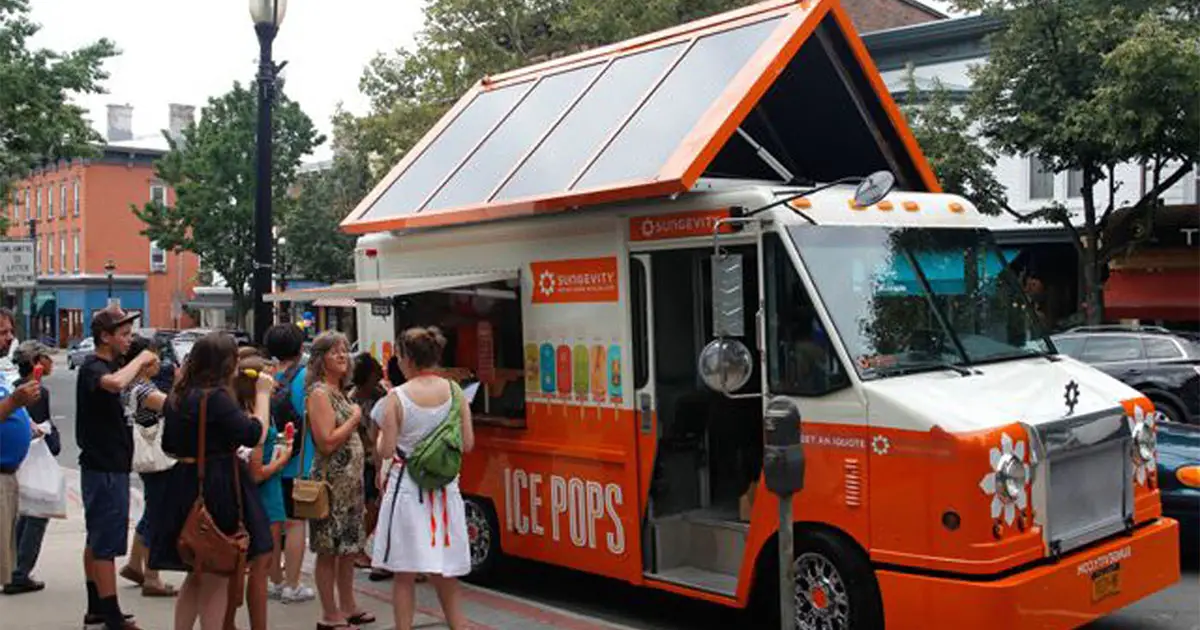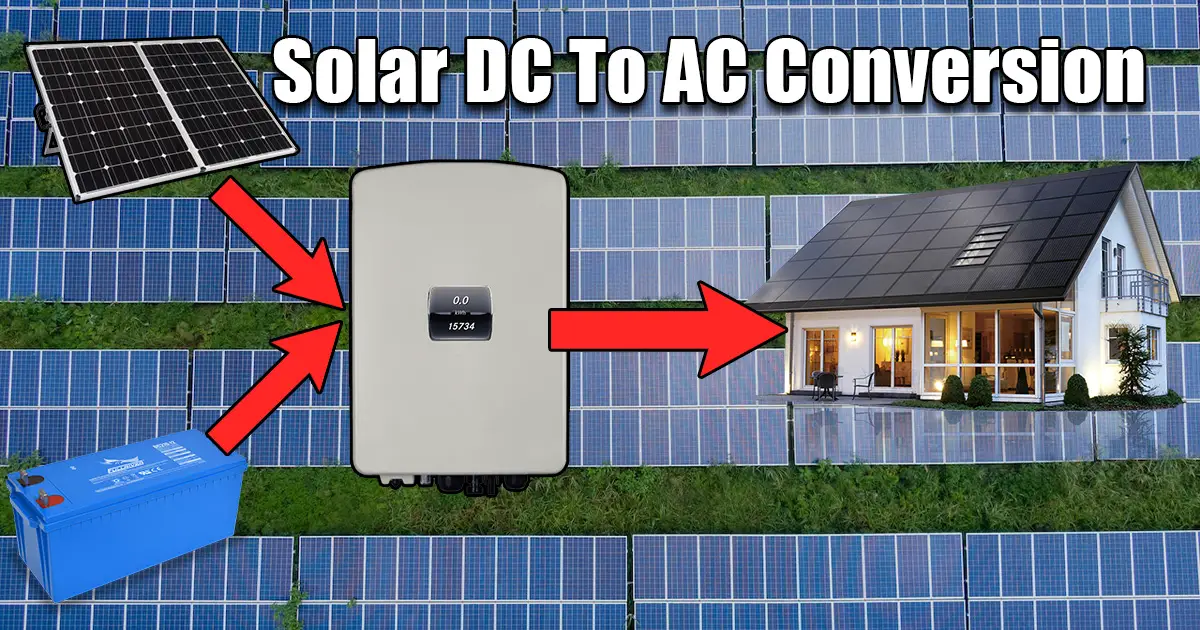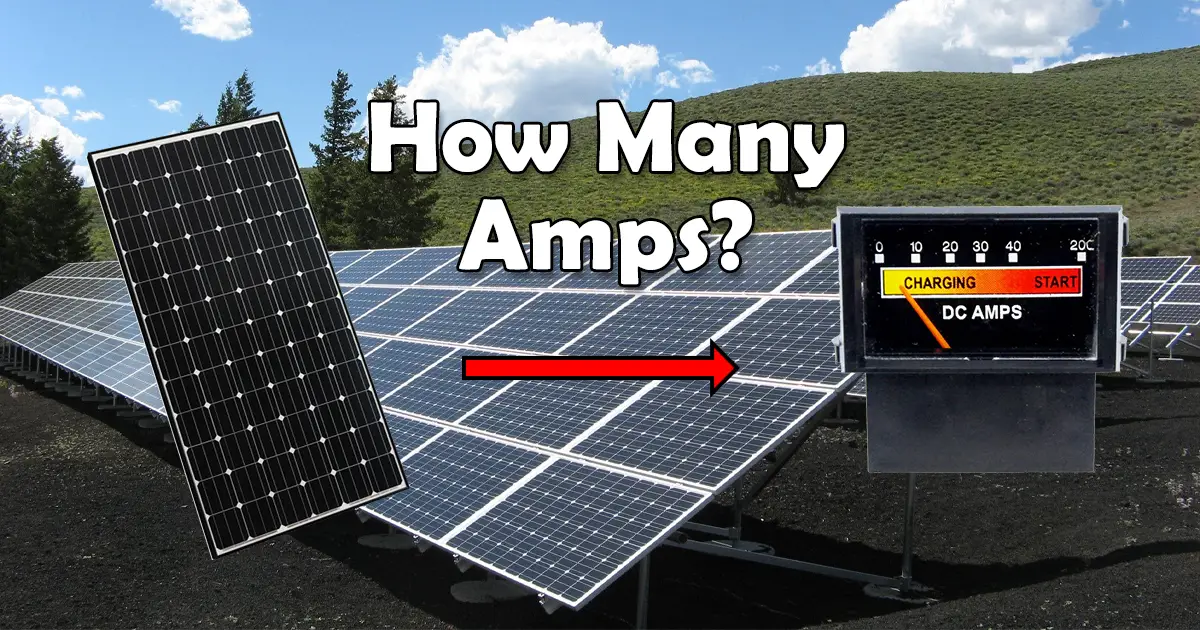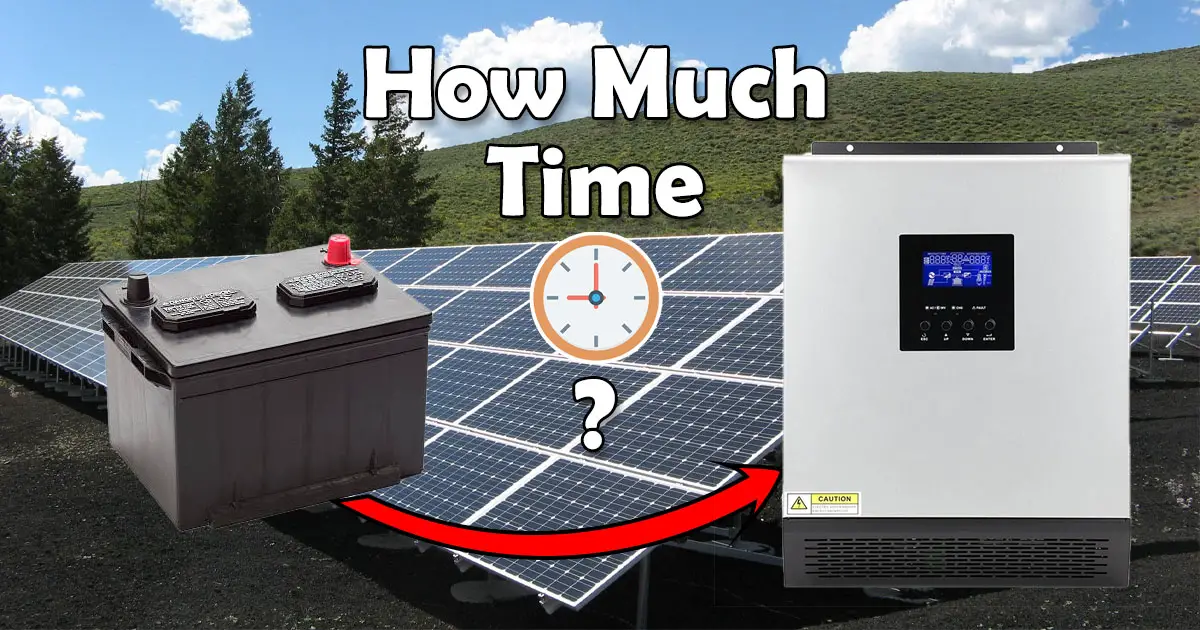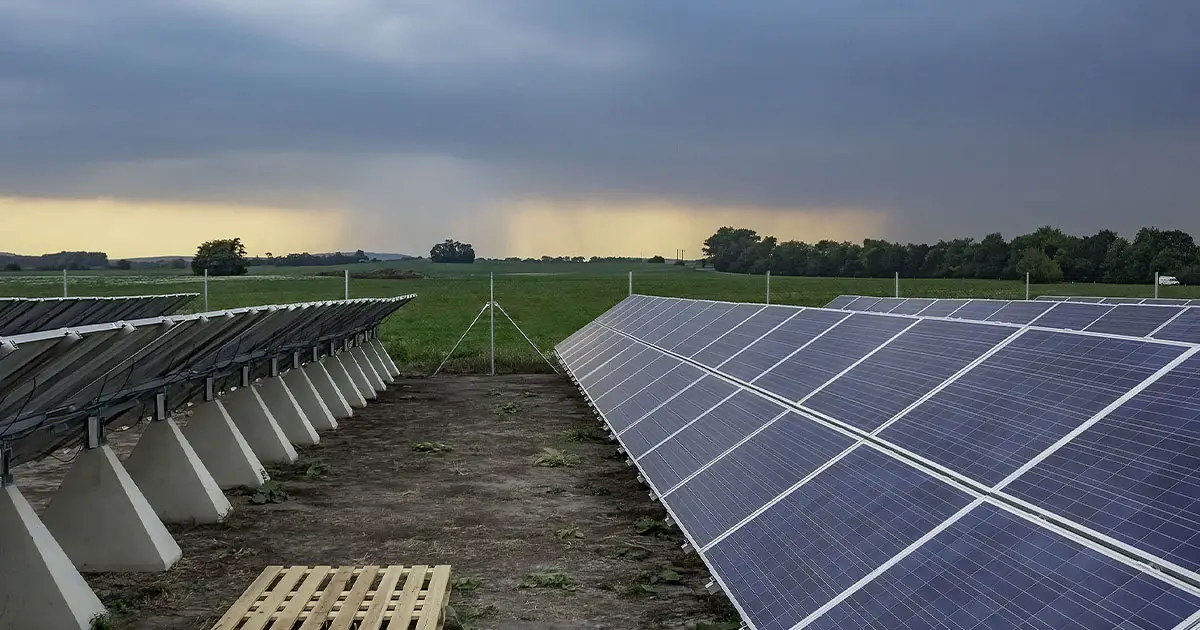When it comes to starting a small business that is at the same time profitable if done correctly, food trucks are at the top list. People love the way they look and the type of food they serve. This is a business that needs a small investment to start, but why not add up to this investment by powering it with your own generated free power?
Investing in a solar-powered food truck could easily return its money by 5 years even without selling any food! Investing in solar alone is without any doubt profitable; what if this investment was in your own business? It’s a win-win situation.
On average, food trucks need up to 25 solar panels of 300W if operating at 32kWh per day in California, US. Assuming that food trucks operate at 6500W on average.
However, this is just a general imaginary case that might be close to a real case or way far from reality. For this reason, we have created a step-by-step guide for you, along with helpful calculators that will help you invest your money wisely and precisely.
Write Down the Needed Equipment

The first step you have to do is to know what exactly are the devices and equipment that you are going to use in your future food truck. Are you gonna be a simple coffee shop? So you might need an espresso machine. Or you might be the tasty burger and hotdog guy? So you might need a griddle.
You need to prepare a list of all the needed equipment. And I’m not talking about knives and spoons. I mean electrical equipment that is essential for your business and for your solar power calculations. After that, write down how much power that device consumes if you already have the device, or find the one you are willing to buy and get its technical specs sheet and find how many watts it consumes.
If you are not prepared for this, no problem; we covered you with our free food truck solar power calculator that we will use in the next section. And this is a small list of the needed electric equipment for your food truck that will help in your brainstorming:
- Griddle
- Fryer
- Toaster
- Microwave
- Blender
- Electric Oven
- Steamer
- Coffee Machine
- Ice Cream Machine
- Electric Stove
Food Truck Power Calculations
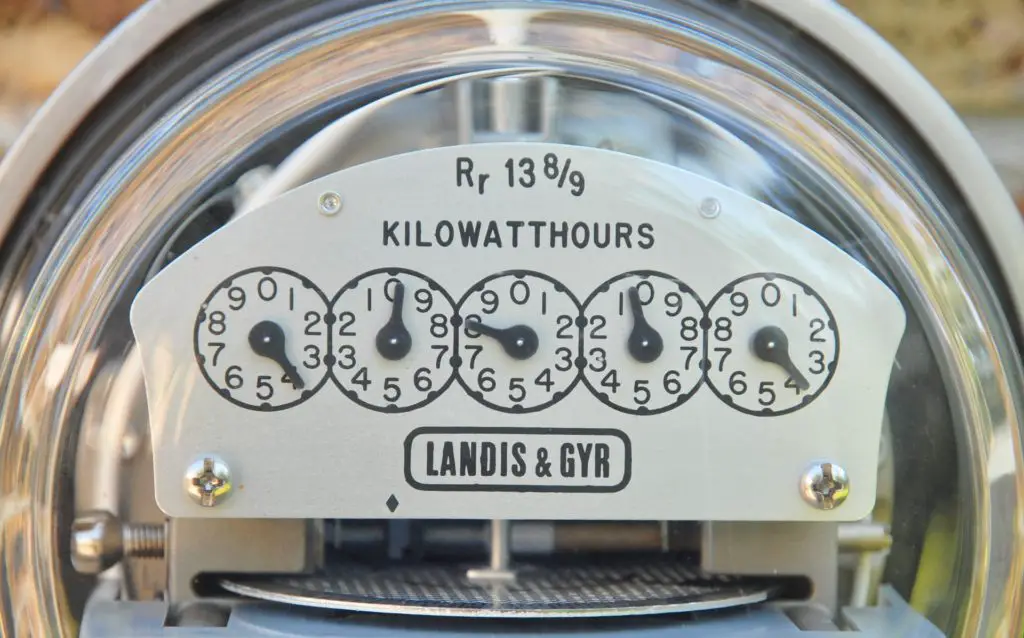
After deciding what electric equipment you need, you must start adding up their rated power consumption. And as I said before, it is always better to get the exact number for the needed appliance to get the most precise calculation possible. However, we are giving you a small tool to help you in getting a rough estimate if you don’t have the real numbers.
In the following calculator, you have the option to add up to 10 appliances by clicking on the “Add Equipment” button. The first field is the number of units you will need from one appliance, the second field is the equipment name, we provided a dropdown list of the most popular, choose one from them, and the last field is the power consumption of this equipment. These numbers are based on the average consumption of each appliance, but if you have the exact number of your device, please edit the last field number manually in the calculator.
Add all your needed devices and find at the end the total wattage for your food truck, this number is very important, and we will need it in the next sections.
I will use this calculator in the following example:
I’m willing to open a small breakfast food truck. I will serve some pancakes, eggs, coffee and juices. So I made up my electric equipment list:
- Coffee machine (Espresso)
- Griddle
- Blender
- Refrigerator
- Two Toasters
Now using the above calculator, I will find the total power consumption of the food truck. But there is a problem; I can’t find the coffee machine in the list; in this case, you could easily add any equipment from the list and then edit the wattage manually. This is how the calculator will look:
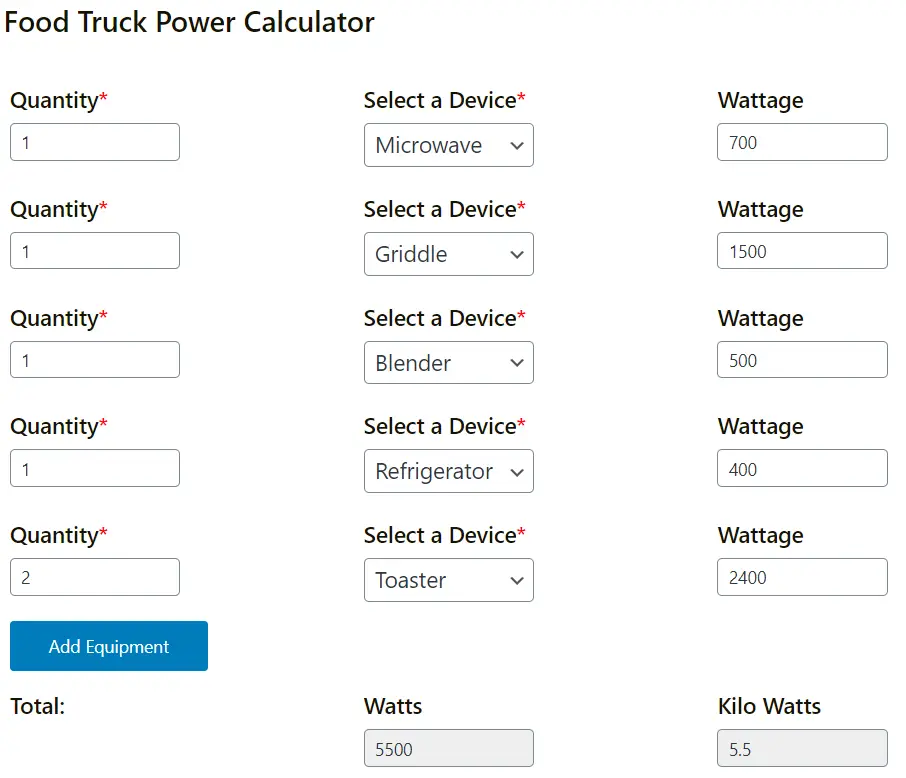
I’ve added “Microwave” for the coffee maker and entered the wattage as 700 watts. After adding all the devices, you will have at the bottom the total number, which in my case is 5,500W or 5.5kW. We will take this number with us in the next sections.
Work Time and Location of the Food Truck
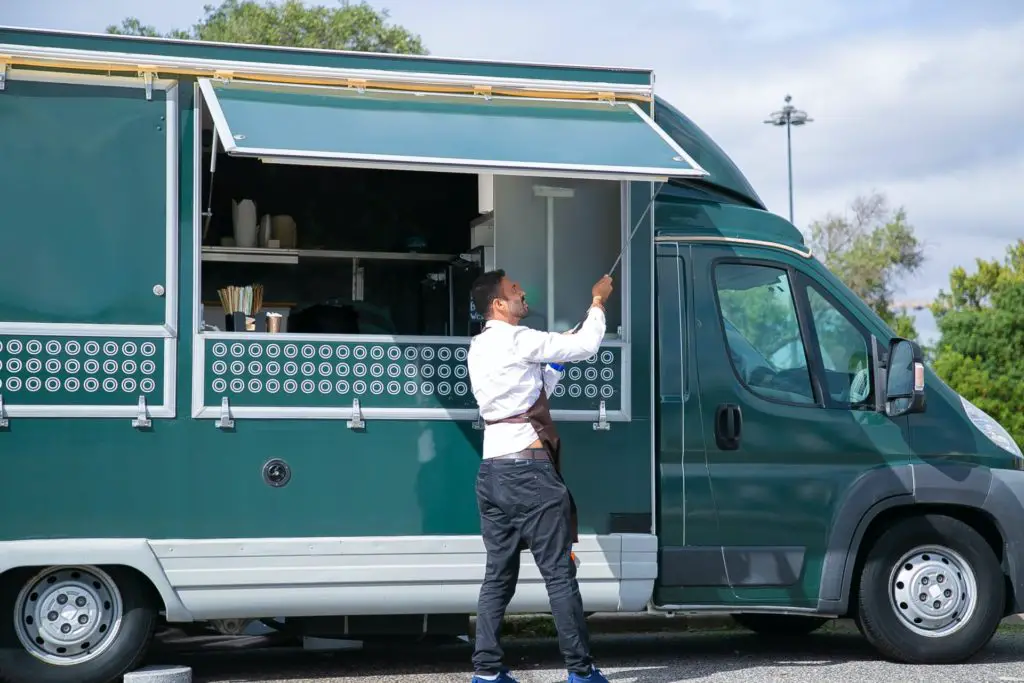
The food truck’s location is very important because the solar power you have in Australia is so different from that in Canada. Another aspect is the work time. If you are dinner specialized food truck, then you will need to store a lot of power for the evening, which means more batteries.
Let’s continue with our example:
My breakfast food truck will be located in Texas and I will start my day at 6 A.M and stop working at 1 P.M.
This means that I’m going to work for 7 hours per day. Going back to the total peak power consumption we calculated in the previous step. We will multiply the 5.5 kilo-watts by the 7 hours to get:
5.5kW x 7h = 38.5kWh (kilo-watt-hour) per day
Now we are going to find the solar power available in our location using the Global Solar Atlas Website. Choosing Texas as the location and setting the data to “Per day,” we will take the number called “Direct normal irradiation” and use it in our next calculations. In this case, the number will be 5.182 kWh/m2 per day, which is also known as the peak sun hours.

We also need to consider that losses will occur in each part of the solar system, which could go over 30%. For this reason, we will take a 40% loss to be on the safe side. Let’s start the calculations:
38.5kWh x 1.4 (losses 40%) = 53.9kWh
53.9kWh / 5.182 (peak sun hours) = 10.4 kW = 10,400W
We added the losses by multiplying our daily power consumption by 1.4 and then dividing by the peak sun hours for our location, in this case, Texas. We need to get 10,400 watts of power from our solar panels. Let’s say we will buy 400W panels; this means we need 26 panels (10,400W / 400W).
Now by having the 26, 400W panels, you will be able to operate all your appliances together during the peak sun hours. But what about non-peak sun hours? In our example, and at 6 A.M, this is never going to be a peak sun hour. How could I operate my appliances during this early morning time? Moreover, if you are targeting an evening dinner food truck, how are you gonna work when there is no sunlight? The answer is batteries.
Battery Calculation for Solar-Powered Food Truck
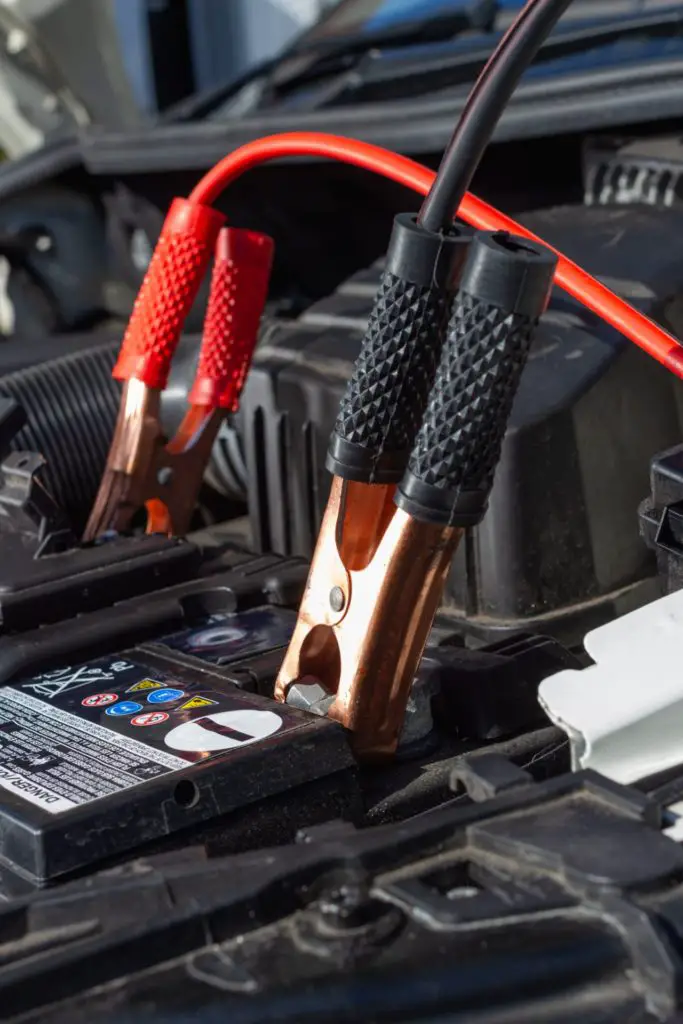
Now that I know that I need 26 solar panels, each providing 400W of power, I need to determine how many batteries I need for this system to supplement the panels in non-peak sun hours and to have a backup for rainy, cloudy days.
Battery Depth of Discharge
When calculating how many batteries you need, the first thing to consider is to know exactly what batteries you will get. This is important because each battery type has what is known as the depth of discharge (DOD), which is a percentage of how much of the stored energy you could consume. For instance, lead-acid batteries are the worst in this part; however, they are the cheapest. This table shows some of the top batteries used in solar systems, along with the DOD for each one:
| Battery Type | Depth of Discharge (DOD) % |
|---|---|
| Lithium-ion Batteries | 80% to 95% |
| Lead Acid Batteries | 50% |
| Nickel-cadmium Batteries | 90% |
| Saltwater (Sodium-ion) Batteries | up to 100% |
| Sodium Nickel Chloride Batteries | 80% |
For example, I will use lithium-ion batteries with 90% DOD in our breakfast food truck. Knowing that my daily power consumption is 38.5kWh, I should divide my daily need by the DOD:
Battery power storage for day= daily power need (kWh) / DOD%
Battery power storage for day = 38.5kWh / 90% (0.9) = 42.8kWh
Now I know that I have to store 42.8kWh of power in my batteries to get the daily needed power (38.5kWh).
Days of Battery Backup (Autonomy)
Now you have to decide how many days you will have as a backup in your batteries. The more, the better, but it becomes costly. It is usually advised to have between 2 to 5 days of power needed as a battery backup. This number depends on your working time (morning or evening). You will need less if your working time is during the morning and noon. However, if all your working time is at night, you will need to increase this number.
As in our example, we work in the morning and noon time, so we will take just 2 days as a battery power backup. However, if you will work at night, don’t hesitate to have 4 or even 5 days of backup. Now I will multiply the battery power storage by the days of autonomy:
Total battery power storage = Battery power storage for day (kWh) * days of autonomy
Total battery power storage = 42.8kWh * 2 days = 85.6 kWh
Now that you have the total power that should be stored in your batteries, it’s time now to determine the number of batteries needed.
Battery Bank
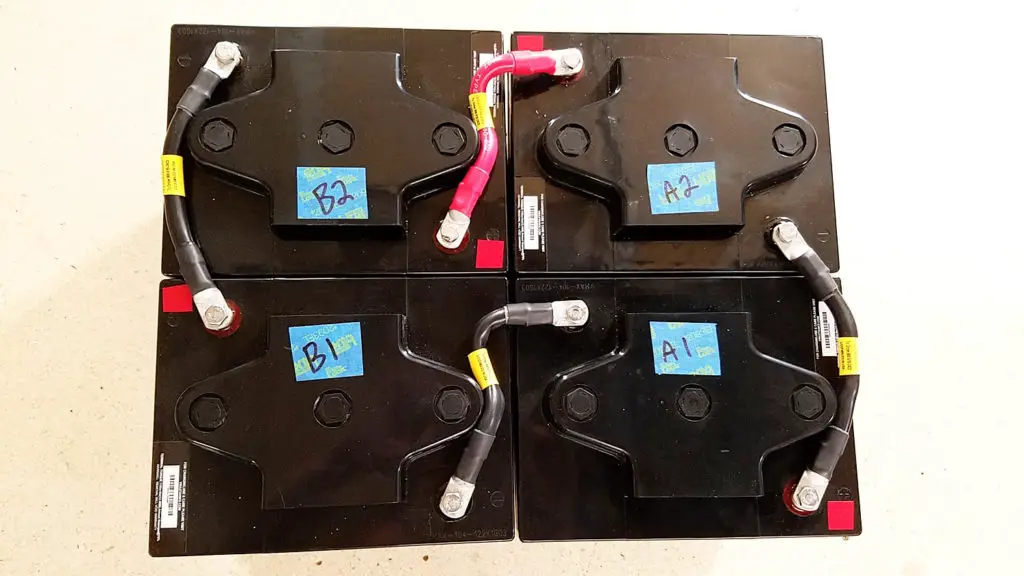
Now it’s time to decide what are the batteries capacity that we are going to buy. 100 AH? 200AH? Or maybe 300AH? It doesn’t matter that much.
Another thing that we need to decide about it is the voltage of our solar system. This point depends on the inverter you will choose for your system. As we have a load that is above 10kW, we will need an inverter above 10kW. Maybe a 15kW inverter is enough. If you are on a budget, I have written an article explaining what you could run on a 1500W solar inverter.
Usually, you need a 48V battery bank at these high loads, which depends on your inverter specs. So with a total battery power storage of 85.6kWh and a 48V battery bank, we will have the total battery bank capacity:
Total battery bank capacity = Total battery power storage (W) / Battey bank voltage (V)
Total battery bank capacity = 85.6kWh *1000 / 48V = 1783.333 AH = 1784AH
So the total needed battery capacity is 1784AH at 48V. Let’s pick the 300AH batteries for example, then we will need: 1784AH / 300AH = 5.95 = 6 Lithium-ion Batteries of 300AH capacity. These 6 batteries should all be 48V and connected in parallel to have the same voltage.
We could also decide to use 250AH batteries. Doing the calculation we get: 1784AH / 250AH = 7.14 = 8 Batteries. However, this time you will have another option, either to have all the batteries at 48V connected in parallel or to have them at 12V, separating them into 2 groups, each group of 4 batteries is connected in series to have a total voltage of 48V (12V + 12V + 12V + 12V) and then connect the two groups together in a parallel connection.
Conclusion
In our example of a breakfast food truck that will work from 6 A.M till 1 P.M in Texas, we calculated the total power needed to operate this truck for 7 hours each day while also considering the losses.
This leads us to conclude that we will need 26 solar panels of 400W power each. We also decided to have lithium-ion batteries with 90% DOD and a backup for 2 days, which led us to have 6 batteries, each with 300AH capacity at a system of 48V, or 8 batteries of 250AH capacity and 48V (parallel connection), or 8 batteries of 250AH capacity and 12V (series + parallel connection.
This article might be so much heavy for you; I see the confusion of all these numbers in your eyes. For this reason, I have created the all-in-one solar power calculator that you can find below. All you have to do is:
- Use the first calculator to find the total power needed for your truck
- Decide how many hours your truck will operate
- Visit the Global Solar Atlas Website and find the peak-sun-hour number for your location
- What solar panels are you going to buy? 300W, 400W, 500W?
- What is the DOD% of the battery type you are going to use?
- How many days are you going to have battery backup (Autonomy Days)?
- What is the capacity of each battery? 200AH, 250AH, 300AH?
- And lastly, what is the voltage of your system? 12V, 24V, 48V?

